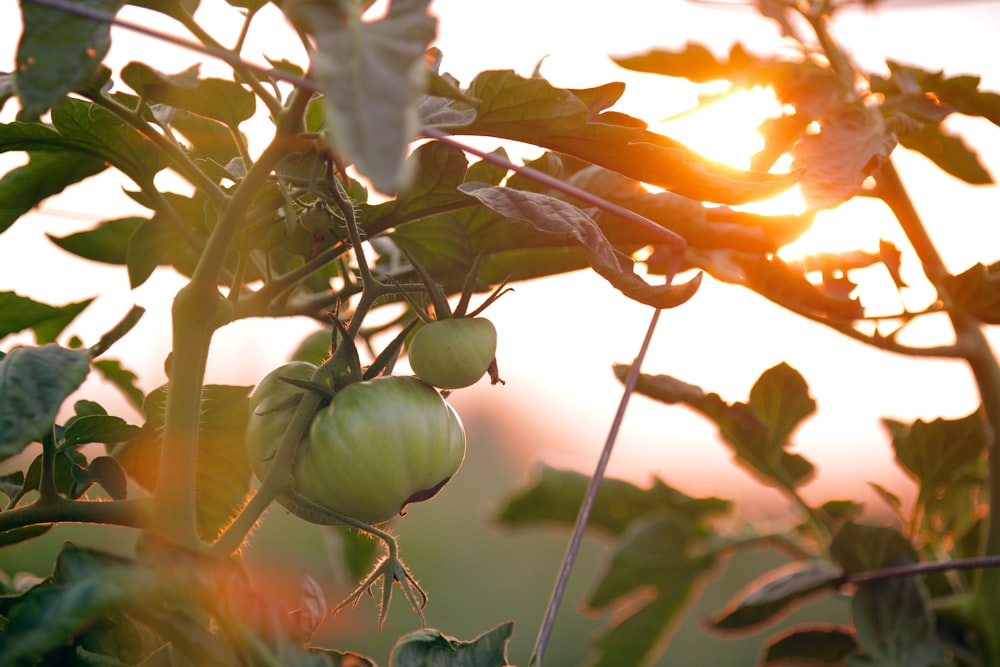Growing Grapes in Pots: Cultivating Vineyard Freshness at Home
Choosing the Right Container
When it comes to growing grapes in pots, selecting the right container is paramount. Opt for large, sturdy pots with good drainage to accommodate the vigorous root system of grapevines. Avoid containers that are too small or shallow, as they can restrict root growth and lead to poor development. Additionally, consider using lightweight, durable materials such as plastic or fiberglass for easy maneuverability and long-term durability.
Selecting the Perfect Grape Variety
Before diving into grape growing, take some time to research and select the perfect grape variety for your pot. Consider factors such as climate, available space, and desired flavor profile. Some popular grape varieties for container growing include Thompson Seedless, Muscat, and Black Hamburg. Choose a variety that suits your preferences and growing conditions to ensure a successful harvest.
Preparing the Potting Mix
Creating the ideal growing medium is essential for the health and productivity of your grapevines. Start by selecting a well-draining potting mix specifically formulated for container gardening. Consider amending the mix with organic matter such as compost or aged manure to improve soil fertility and structure. Ensure the potting mix is loose, friable, and nutrient-rich to support robust grapevine growth.
Planting and Training Grapevines
Once you’ve prepared your containers and potting mix, it’s time to plant and train your grapevines. Begin by planting the grapevine in the center of the container, ensuring the roots are spread out evenly. As the vine grows, train it along a trellis or support structure to encourage upward growth and proper fruiting. Regularly prune and train the vines to maintain a manageable size and shape.
Providing Adequate Sunlight and Water
Grapevines thrive in full sun, so be sure to place your containers in a sunny location with at least 6-8 hours of direct sunlight per day. Adequate sunlight is essential for photosynthesis, fruit development, and overall plant health. Additionally, ensure your grapevines receive regular, consistent watering to prevent drought stress and promote healthy growth. Keep the soil evenly moist but not waterlogged, as excess moisture can lead to root rot and other issues.
Fertilizing and Maintaining Grapevines
To keep your grapevines healthy and productive, it’s important to provide regular fertilization and maintenance. Consider using a balanced fertilizer formulated for fruit-bearing plants, applying it according to package instructions throughout the growing season. Monitor your grapevines for signs of pests, diseases, or nutrient deficiencies, and address any issues promptly to prevent them from spreading.
Harvesting and Enjoying Your Homegrown Grapes
With proper care and attention, your grapevines will reward you with bountiful harvests of delicious, homegrown grapes. Monitor the ripening process closely, harvesting the grapes when they reach their peak flavor and sweetness. Enjoy your freshly picked grapes as a tasty snack, or use them to make homemade jams, jellies, wines, and desserts. There’s nothing quite like the satisfaction of savoring the fruits of your labor straight from the vine. Read more about growing grapes in pots









